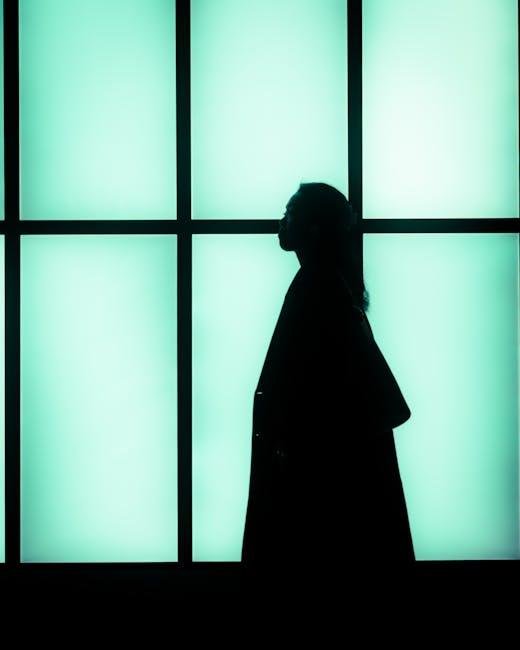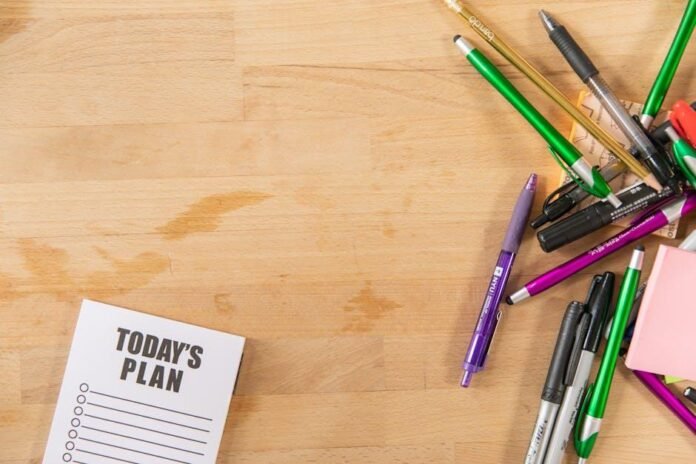In the vast landscape of written communication, clarity is paramount. Yet, as we traverse this terrain, we often find ourselves at a crossroads: should we opt for the rhythmic simplicity of bullet points or the flowing narrative of paragraphs? both formats serve distinct purposes, weaving their own spells of engagement and comprehension. This article delves into the art of choosing between bullet points and paragraphs, exploring the occasions that call for each style. By understanding the strengths and weaknesses of these two forms, we can enhance our writing, ensuring our ideas shine brightly and our readers remain captivated. Join us as we navigate the intricacies of structure, unlocking the potential of our written words.
Understanding the purpose of Bullet Points and Paragraphs
Effective communication frequently enough hinges on the way facts is presented. Bullet points serve as a visual aid that can quickly encapsulate key ideas and make complex topics more digestible. They are particularly useful when you want to highlight crucial features, benefits, or steps in a process without overwhelming readers with dense text. As a notable example, when outlining the advantages of a product, using bullet points allows readers to see the benefits at a glance, facilitating quicker understanding and retention of information.
Conversely, paragraphs are best utilized when you want to delve into details, nuances, or narratives. They allow for more comprehensive explanations and enable the reader to grasp the context surrounding the information. When crafting compelling stories or providing in-depth analyses, paragraphs can weave together thoughts to form a cohesive narrative. Striking the right balance between bullet points and paragraphs helps create engaging content, guiding readers through a mix of succinct and elaborate information tailored to their needs and preferences.

Evaluating Clarity and Readability in Different Contexts
Clarity and readability can substantially shift based on the context in which information is presented. Bullet points often excel in environments where quick comprehension is vital. As an example, in presentations or technical documents, bullet points can effectively summarize complex ideas into digestible bites, allowing the reader to grasp essential concepts at a glance. They work well to:
- Highlight key takeaways
- Organize information hierarchically
- Enhance skimmability
Conversely,paragraphs are better suited for narratives or detailed explanations,where context and flow are necessary for thorough understanding. In academic papers and blog posts, paragraphs help convey deeper insights and facilitate transitions between ideas, allowing the text to build a cohesive argument. Utilizing paragraphs can:
- Create a rich, informative experience
- Develop complex ideas and connections
- Establish tone and voice

Enhancing Engagement Through Visual Structure
Visual structure plays a crucial role in guiding readers through your content. When employing bullet points instead of paragraphs, you break down complex information into digestible snippets, making it easier for readers to grasp key points quickly.Bullet points can effectively highlight essential data and arguments, allowing for a clean presentation of thoughts without overwhelming the audience. Consider utilizing bullet points in scenarios such as:
- Summarizing key features of a product or service.
- Listing benefits without diving into detailed explanations.
- Outlining steps in a process for clarity.
Conversely, paragraphs allow for more depth and nuance, perfect for storytelling or when you need to elaborate on intricate ideas. When crafting persuasive content or enhancing emotional resonance, paragraphs provide the space to develop arguments and create connections with your readers.Scenarios ideal for paragraphs include:
- Explaining complex theories that require additional context.
- Sharing personal anecdotes that enhance relatability.
- Building a narrative that draws the reader in.
| Format | Best For |
|---|---|
| Bullet Points | Quick info, summaries, lists |
| paragraphs | Deeper exploration, storytelling |

Crafting an Effective balance Between Brevity and Detail
Striking the right balance between conciseness and elaboration is crucial for effective communication. Bullet points are invaluable when it comes to delivering information quickly and clearly. They allow readers to absorb key concepts at a glance, making them particularly effective in lists that require immediate understanding. Uncluttered and straightforward, bulleted lists can be used to showcase critically important features, key benefits, or essential steps. Such as, when outlining product features, consider using bullet points to highlight:
- Lightweight design
- Extended battery life
- Easy installation
- Flexible usage scenarios
Conversely, paragraphs excel when details are necessary.They provide space for nuance and context, ideal for storytelling or explaining complex ideas.When you need to paint a broader picture or guide readers through a process, paragraphs come into play. As an example, a step-by-step guide may require descriptive text to fully explain each phase or clarify potential pitfalls.This makes the reader feel more engaged and provides a sense of cohesion throughout the narrative. To illustrate, consider the following table comparing both formats:
| Format | Best use | Advantages |
|---|---|---|
| Bullet Points | Quick summaries or lists | Clarity, ease of reading, quick reference |
| Paragraphs | In-depth explanations | Nuance, storytelling, detailed context |
Insights and Conclusions
In the grand tapestry of writing, both bullet points and paragraphs play crucial roles, each offering its unique flair and functionality. As we’ve explored, bullet points shine in their ability to distill information into bite-sized, digestible chunks, perfect for emphasizing key takeaways.Meanwhile, paragraphs weave together thoughts, fostering a deeper understanding through narrative and context.
Ultimately, the choice between these two formats hinges on your audience, purpose, and the nature of the content at hand. Whether you opt for the succinctness of bullets or the richness of prose, remember that effective communication lies in clarity. So, as you approach your next writing endeavor, consider your options carefully. Embrace the art of balance—after all, the best writers are those who know how to harmonize brevity with depth, ensuring their message is not only heard but also understood.Happy writing!

